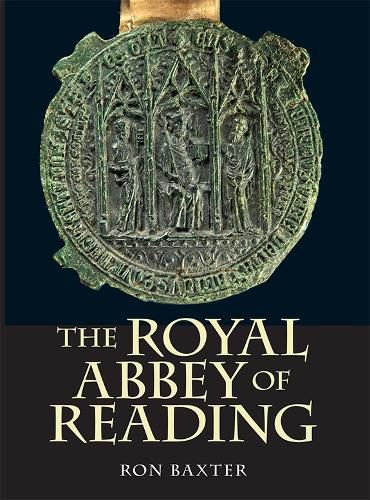Readings Newsletter
Become a Readings Member to make your shopping experience even easier.
Sign in or sign up for free!
You’re not far away from qualifying for FREE standard shipping within Australia
You’ve qualified for FREE standard shipping within Australia
The cart is loading…






Reading Abbey was built by King Henry I to be a great architectural statement and his own mausoleum, as well as a place of resort and a staging point for royal itineraries for progresses in the west and south-west of England. Fromthe start it was envisaged as a monastic site with a high degree of independence from the church hierarchy; it was granted enormous holdings of land and major religious relics to attract visitors and pilgrims, and no expense wasspared in providing a church comparable in size and splendour with anything else in England.
However, in architectural terms, the abbey has, until recently, remained enigmatic, mainly because of the efficiency with which itwas destroyed at the Reformation. Only recently has it become possible to bring together the scattered evidence - antiquarian drawings and historic records along with a new survey of the standing remains - into a coherent picture.This richly illustrated volume provides the first full account of the abbey, from foundation to dissolution, and offers a new virtual reconstruction of the church and its cloister; it also shows how the abbey formed the backdropto many key historical events.
Ron Baxter is the Research Director of the Corpus of Romanesque Sculpture in Britain and Ireland.
$9.00 standard shipping within Australia
FREE standard shipping within Australia for orders over $100.00
Express & International shipping calculated at checkout
Reading Abbey was built by King Henry I to be a great architectural statement and his own mausoleum, as well as a place of resort and a staging point for royal itineraries for progresses in the west and south-west of England. Fromthe start it was envisaged as a monastic site with a high degree of independence from the church hierarchy; it was granted enormous holdings of land and major religious relics to attract visitors and pilgrims, and no expense wasspared in providing a church comparable in size and splendour with anything else in England.
However, in architectural terms, the abbey has, until recently, remained enigmatic, mainly because of the efficiency with which itwas destroyed at the Reformation. Only recently has it become possible to bring together the scattered evidence - antiquarian drawings and historic records along with a new survey of the standing remains - into a coherent picture.This richly illustrated volume provides the first full account of the abbey, from foundation to dissolution, and offers a new virtual reconstruction of the church and its cloister; it also shows how the abbey formed the backdropto many key historical events.
Ron Baxter is the Research Director of the Corpus of Romanesque Sculpture in Britain and Ireland.